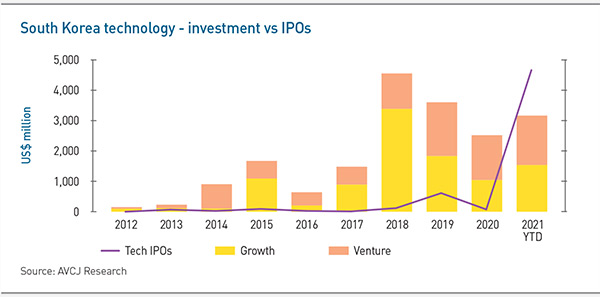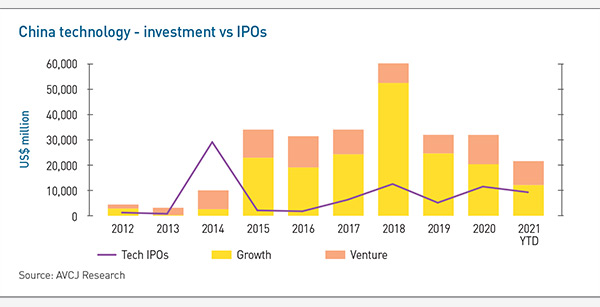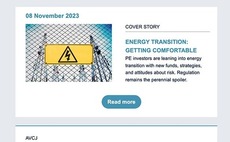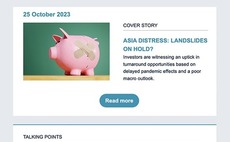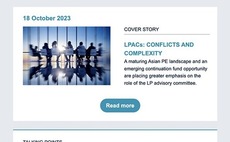|
ASSESSING IMPACT
KKR's global impact fund has made six investments in Asia. Four have current or previous PE and VC investors, none of whom would identify themselves dedicated impact players. They assess deals primarily or solely according to commercial criteria.
Like most investors active in the impact space, KKR uses the UN sustainable development goals (SDGs) as a guideline. The most recent addition to the portfolio, Australia and New Zealand-based Education Perfect, meets the criteria for SDG 5, which relates to acessible, affordable, high-quality education.
KKR acquired a majority stake, with existing backer Five V Capital staying on in a minority capacity. Five V is not an impact investor, but it expressed pleasure at being able "to continue the journey with our fellow B-Corp Education Perfect." B Corporation certification is awarded to for-profit companies that meet third-party vetted standards in areas such as social sustainability, environmental performance, and transparency.
The broad – though not inaccurate – use of different terminology once again raises the issue as to how impact should be defined and measured. What is to stop any private equity firm pointing to a portfolio of investments, each of which meets at least one of the SDGs, and using it as a differentiated marketing strategy for a new fundraise?
These are not necessarily bad faith actions. In 2017, Khailee Ng of 500 Startups attended a meeting at the UN General Assembly at which investors bemoaned a lack of companies that offered impact and scale. Ng observed that almost every start-up he backed qualified as impactful, they just weren't positioned as such. 500 Startups and the UN ended up launching an incubator program in Indonesia.
The impact space has changed markedly in recent years and is now populated by investors pursuing a variety of strategies affixed with the same label. When these GPs look to raise capital, LPs must distinguish impact opportunism from genuine impact.
In Depth:
|








